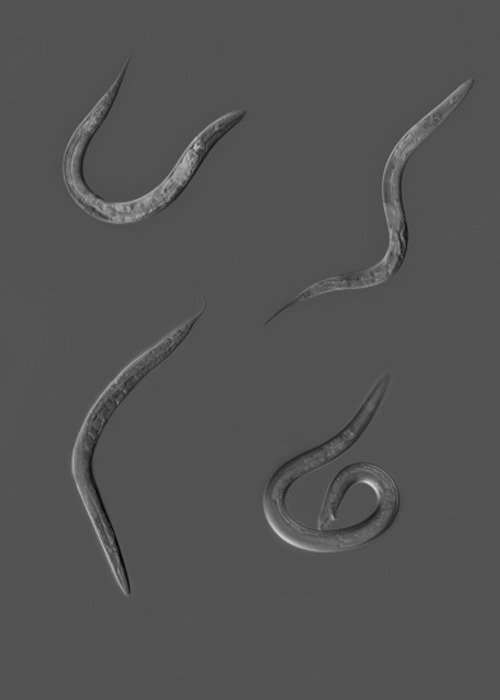Cheyney Thompson
dal 18/9/2015 al 30/10/2015
Segnalato da
18/9/2015
Cheyney Thompson
Galerie Daniel Buchholz, Berlin
Chambered Shells and Birdwings. To produce the exhibition's six large vertical paintings the artist collected digital photographs of the empty exhibition spaces of Galerie Buchhol, upstairs and down.

“Chambered Shells and Birdwings” is Cheyney Thompson’s fifth solo exhibition with Galerie Buchholz, his second exhibition at the Berlin gallery.
To produce the exhibition’s six large vertical paintings Thompson collected digital photographs of the empty exhibition spaces of Galerie Buchholz, Berlin, upstairs and down. From the digital data of these photographs Thompson extracted all the color values and matched them to the nearest corresponding values in the Munsell color chart, an early-20th century system for organizing color, still widely used for various industrial and agricultural applications. The resulting data set of color values was then used to create a spatial model of all the colors in the gallery. Into this spatial model Thompson inserted a theoretical entity, an imaginary unit, and instructed it to take 14,008 random steps within the model, a so-called “random walk.” The “random walk” belongs to the study of certain seemingly random types of motion, from botanist Robert Brown’s 19th-century observations of pollen floating on water as well as mathematician Louis Bachelier’s early 20th-centry application of Brown to model fluctuations in stock markets. In this case the “random walk” taken by Thompson’s entity produced a new sequence of color values, which he then mapped onto a grid in a contiguous, non-intersecting path, akin to the path of a labyrinth.
The exhibition’s larger horizontal painting was produced using a different procedure. This painting has 84,048 squares, the combined total of squares in the exhibition’s six vertical paintings. Instead of color values derived from the exhibition spaces of Galerie Buchholz, this painting uses the complete data set of Munsell colors. A sequence was created by weaving through the painting’s grid, first traversing odd numbers, down one column and up the next. This continues until the vertical run is complete, when the weave moves and repeats the same process along the grid’s horizontal axes.
The six smaller paintings are derived from one of the large vertical paintings, its data sequenced in six different ways using different geometric or special renderings relating to randomness: the so-called Peano curve (horizontal), Peano curve (vertical), Double Peano (weave), Stochastic redistribution, Modified Wilson, and Spiral. Each was made using the same colors.
The three metal paintings were made using a random walk to determine quantities of various metals, then applying those quantities onto the surface of a painting as quickly as possible.
“He looked past Chin toward streams of numbers running in opposite directions. He understood how much it meant to him, the roll and flip of data on a screen. He studied the figural diagrams that brought organic patterns into play, birdwing and chambered shell. It was shallow thinking to maintain that numbers and charts were the cold compression of unruly human energies, every sort of yearning and midnight sweat reduced to lucid units in the financial markets. In fact data itself was soulful and glowing, a dynamic aspect of the life process. This was the eloquence of alphabets and numeric systems, now fully realized in electronic form, in the zero-oneness of the world, the digital imperative that defined every breath of the planet's living billions. Here was the heave of the biosphere. Our bodies and oceans were here, knowable and whole.” - Don DeLillo, Cosmopolis, Scribner, New York, 2003
Image: Cheyney Thompson Birdwings and Chambered Shells
Opening: 19 September, 7-9 pm
Galerie Buchholz
Fasanenstr. 30, 10719 Berlin
Tue–Sat: 11am–6pm



